Small grain harvest is well underway in the Midwest, which means now is a great time to plant a cover crop.
Why? Cover crops help to:
- Break down compaction
- Provide grazing opportunity this fall/spring
- Foster better soil health
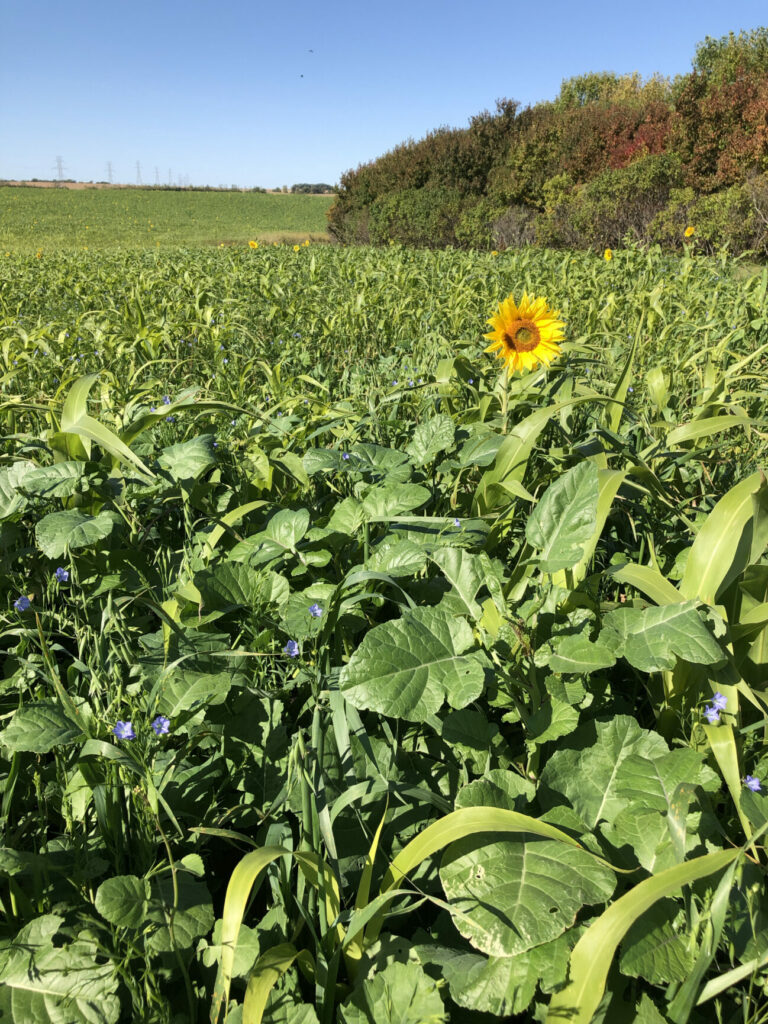
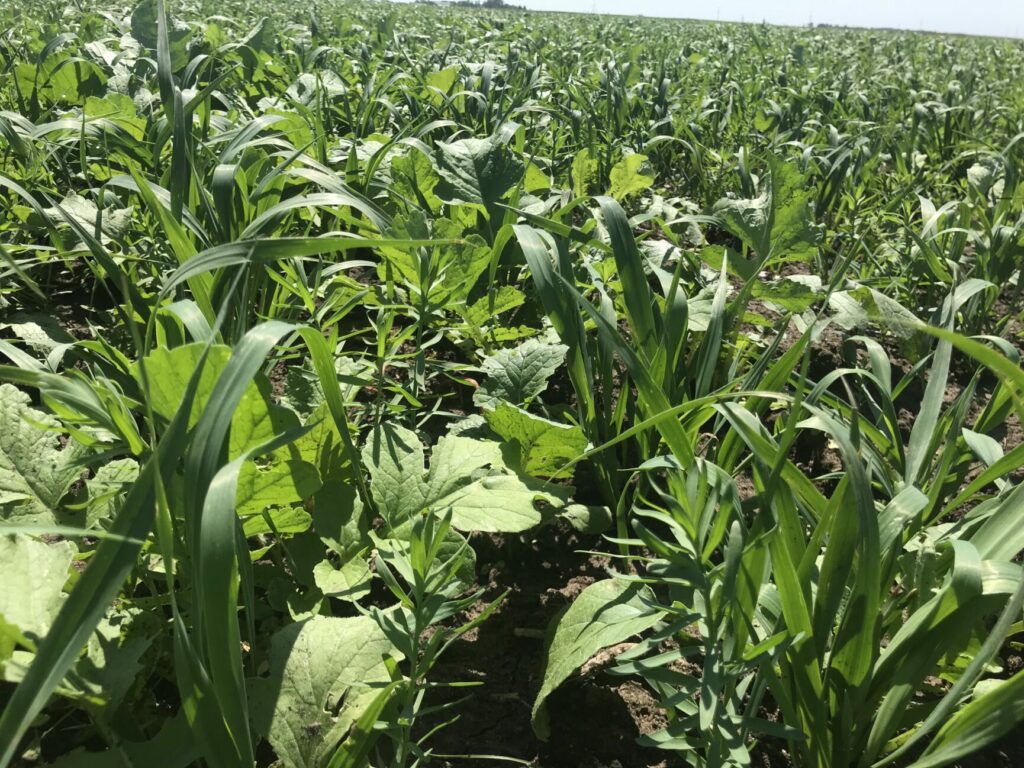
Planting after small grain harvest is dependent on the moisture and weather; however, if you have enough moisture to get a cover crop started, you should ask yourself these two questions:
- Is your primary goal for a cover crop to break down residue and/or reduce compaction?
If yes, an all-brassica blend like our Classic Trio would be the best cover crop for you. This three-way blend of turnips, radishes, and rapeseed only needs about 45-days of growth to do its job. This blend can put tubers down, which push into the ground and break up the compaction layer beneath the surface. Interested in learning more about brassicas? Check out this blog post from Forage + Cover Crop Specialist, Justin Fruechte. Additionally, brassicas are naturally a low carbon to nitrogen (C:N ratio) plant. By planting into a field that has high residue like wheat or oat stubble, it will help breakdown and mineralize the high residue more quickly and have nutrients available for the next cash crop. - Do you want to graze this cover crop and what does the August temperature pattern look like?
August is a good time to plant a cover crop. However, every year is different, which means your cover crop selection should change based on the conditions at hand. If we are experiencing a cooler August than normal, planting a blend with cool season grasses in the mix like our The Producer blend would be ideal. As soil temperatures start to cool down, the oats in The Producer blend will grow and yield more than if you planted a warm season grass. The Producer is a safe grazing option if you want to graze through the first frost. If it is a warmer-than-average August and you want to utilize the GDUs (Growing Degree Units), you can use sorghum sudangrass or millets in mixes to get the extra yield compared to the cool seasons. Our warm season cover crop blends Balanced Plus and Ranch Hand can give you that extra tonnage that you may not usually get. One watch out if grazing these mixes close to the first frost: you need to take livestock off the field and put them back on pasture/dry lots and wait 7-10 days after the sorghum sudangrass is completely dead to avoid prussic acid poisoning. After the sorghum sudangrass is dead, the forage is completely safe to graze and can be utilized well into the winter.
If you have any questions on cover crop selection behind small grains, please reach out to our Forage and Cover Crop Specialist team.

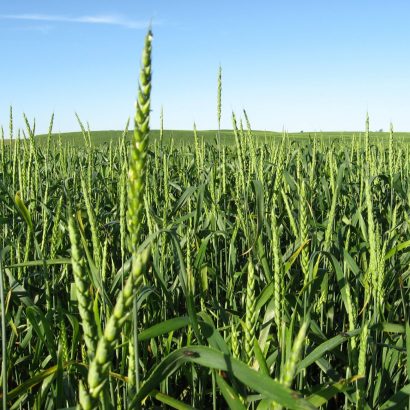
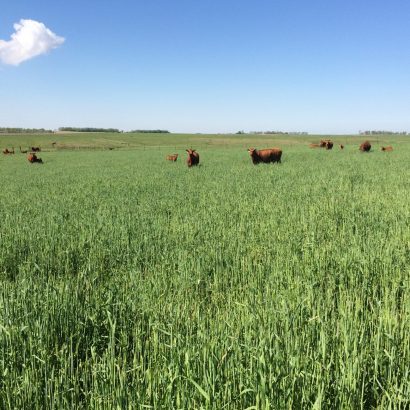
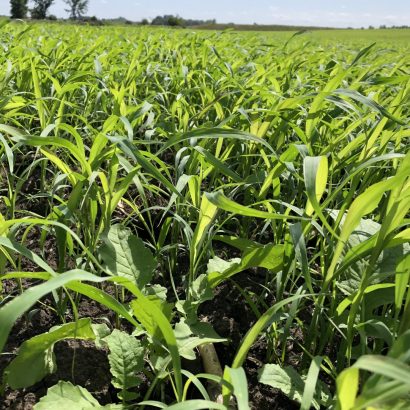
Discussion
0 Comments